Description
Nationally regarded authors Andrew Pytel and Jaan Kiusalaas bring a depth of experience that can’t be surpassed in this third edition of Engineering Mechanics: Dynamics. They have refined their solid coverage of the material without overloading it with extraneous detail and have revised the now 2-color text to be even more concise and appropriate to today’s engineering student.
The text discusses the application of the fundamentals of Newtonian dynamics and applies them to real-world engineering problems. An accompanying Study Guide is also available for this text. The early introduction to the relationship between force and acceleration used in this pedagogy allows students to realize much sooner how Newtons laws of motion can be used to analyze problems. Where appropriate, Sample Problems are solved using both scalar and vector notations allowing for increased problem solving skills.
Many of the problems are new or have been revised and focus on the fundamental topics of the subject matter. A separate Study Guide designed specifically for the text contains twenty-nine lessons, each of which contains a Self-Test and Guided Problems.
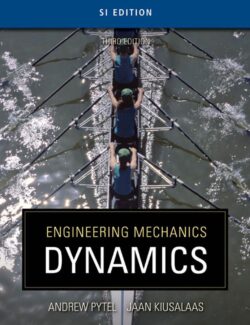
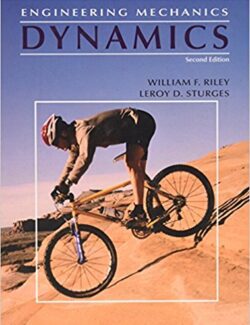
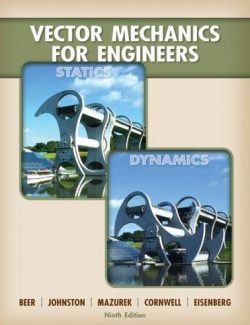
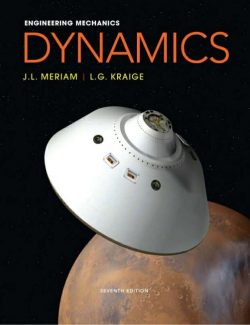
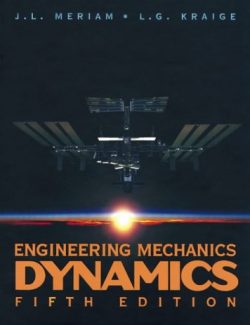
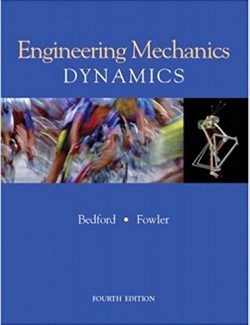
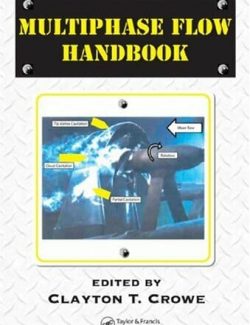

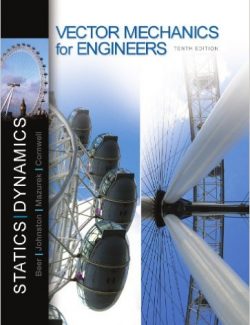
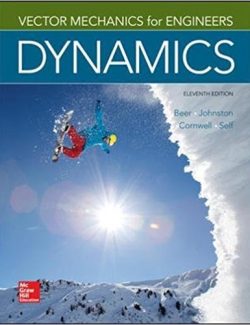
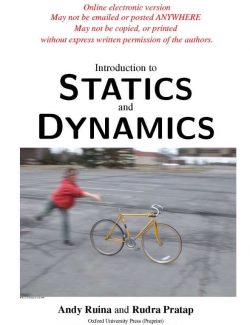
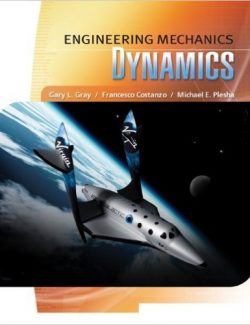
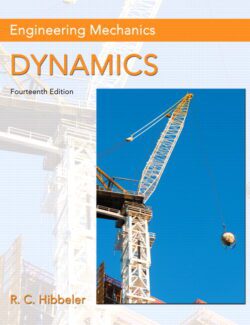
Leave us a comment
No Comments